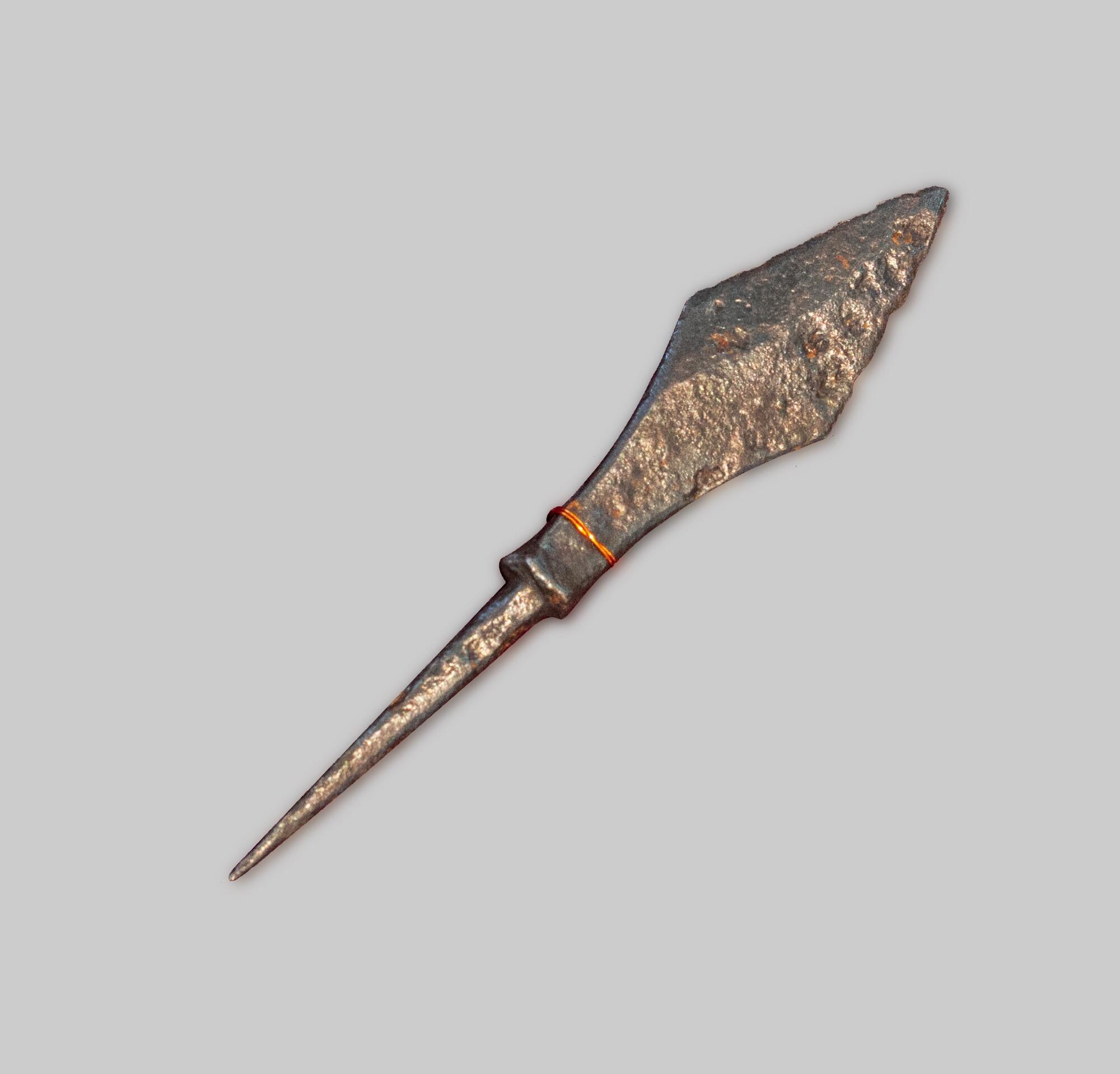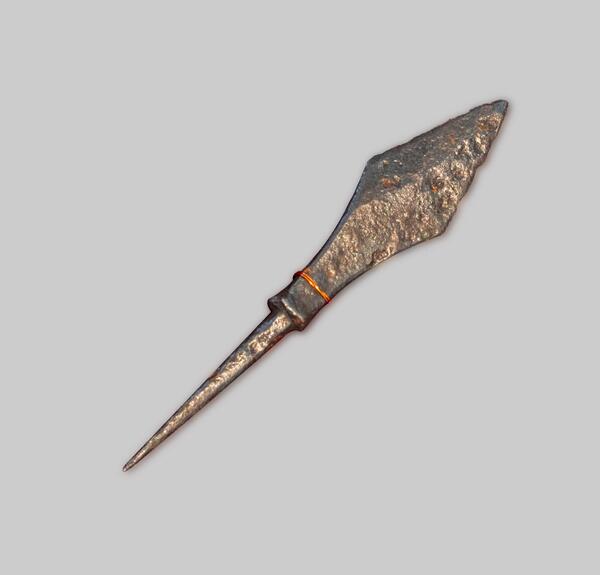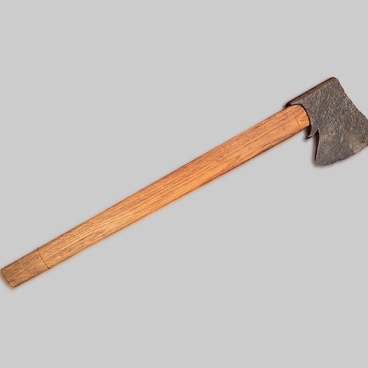The museum collection contains Russian iron combat arrowheads They are likely to have been manufactured by local craftsmen. All of them are tanged arrowheads, with diamond-shaped tip. Metallographic analysis of various arrowheads from Kuznetsk ostrog collection showed that the focus while fabricating those was not on the process parameters but on the shape as it determined the ballistic properties, penetration and casualty action of the arrow.
It was not rare that poor quality metal was used for fabrication of arrows – whole iron or low-carbon steel, or bloomery iron could also be used as feedstock. Arrows were also made of massive metal with double-face hardening.
The time required for reloading the rifle was sufficient for a nomad to discharge up to 50 aimed arrows and to ride away to be out of reach. This is why the efficiency of archery was much higher than that of the firearms. Besides, the flight-shot and target accuracy of the arrow was much higher than that of the rifle bullet. In order to increase the damage caused by the firearms, wooden walls and towers were built in ostrOgs.
Arrows could be shot from a traditional battle bow to various distances. The arrow flight distance, firing accuracy and density of hits depended on several factors simultaneously: weather conditions, the bow design and the draw weight. The stronger the archer pulled the bowstring, the longer was the distance of the arrow flight. The flexibility of the bow and the elasticity of the bowstring could also have a significant impact on the distance and accuracy of shots.
Currently, a compound bow is widely used in sports and hunting - it is a descendant of that weapon. Its advantage is that no significant efforts should be exerted to shoot quickly.
The number of types and sub-types of contemporary traditional bows is great but first of all they are divided into simple and compound ones. A simple universal bow is sometimes called longbow. The principal material for the arc of such weapon is wood. Its length does not exceed two meters and the arrowheads are well sharpened. A compound bow can be fabricated of several types of materials – wood, bone plates, leather.
It was not rare that poor quality metal was used for fabrication of arrows – whole iron or low-carbon steel, or bloomery iron could also be used as feedstock. Arrows were also made of massive metal with double-face hardening.
The time required for reloading the rifle was sufficient for a nomad to discharge up to 50 aimed arrows and to ride away to be out of reach. This is why the efficiency of archery was much higher than that of the firearms. Besides, the flight-shot and target accuracy of the arrow was much higher than that of the rifle bullet. In order to increase the damage caused by the firearms, wooden walls and towers were built in ostrOgs.
Arrows could be shot from a traditional battle bow to various distances. The arrow flight distance, firing accuracy and density of hits depended on several factors simultaneously: weather conditions, the bow design and the draw weight. The stronger the archer pulled the bowstring, the longer was the distance of the arrow flight. The flexibility of the bow and the elasticity of the bowstring could also have a significant impact on the distance and accuracy of shots.
Currently, a compound bow is widely used in sports and hunting - it is a descendant of that weapon. Its advantage is that no significant efforts should be exerted to shoot quickly.
The number of types and sub-types of contemporary traditional bows is great but first of all they are divided into simple and compound ones. A simple universal bow is sometimes called longbow. The principal material for the arc of such weapon is wood. Its length does not exceed two meters and the arrowheads are well sharpened. A compound bow can be fabricated of several types of materials – wood, bone plates, leather.



